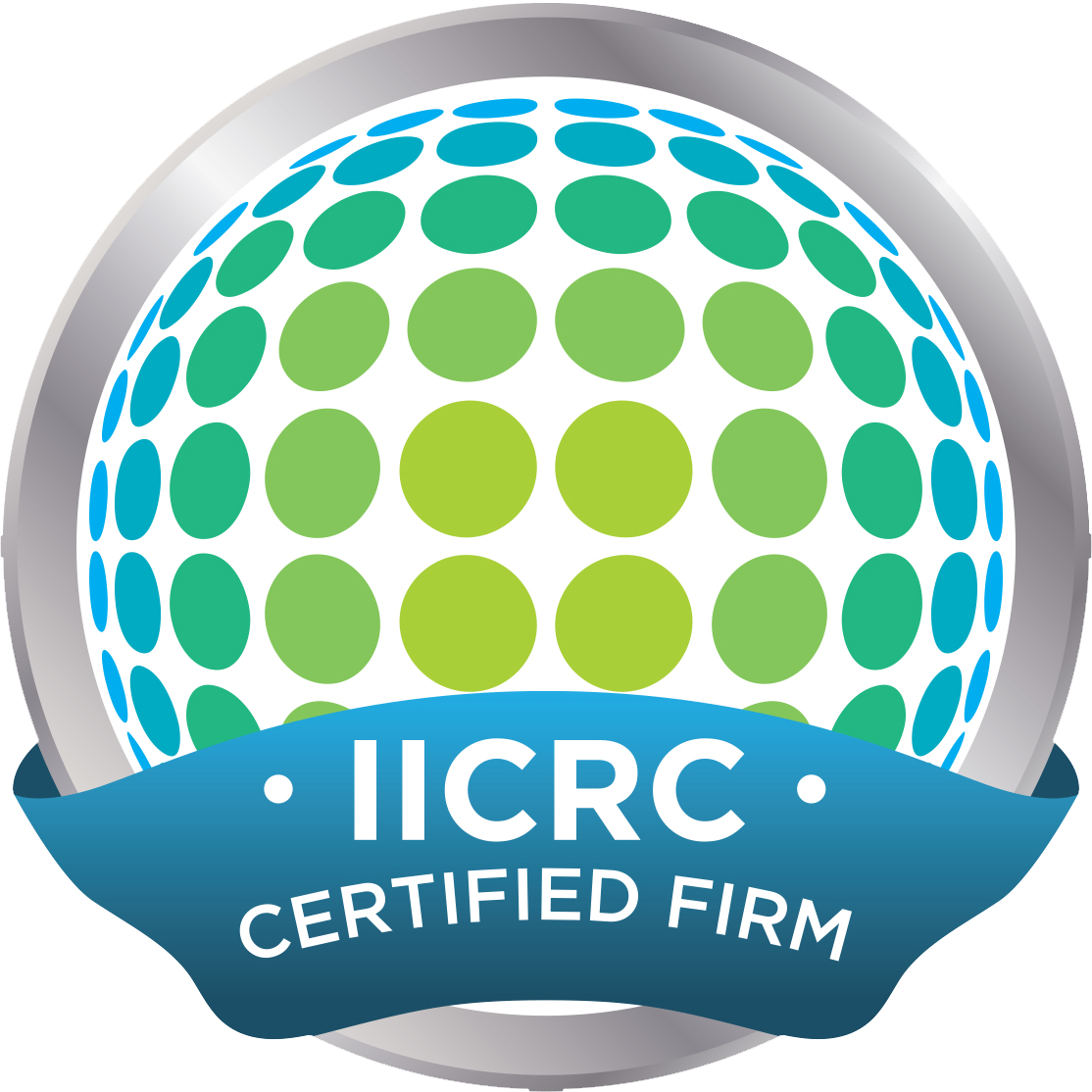What Causes Mold?
WHY DOES MOLD GROW?
Mold, and its spores as we noted before are everywhere in outdoor air. Think of mold like a delicate dandelion ready for a gust of wind to take the seeds all over town. Mold spores are just like tiny seeds, they get lifted and float around until they land on anything and everything. Now once they land, if everything is right for them, remember they need moisture and nutrients like every living thing on earth, they will then take hold, and grow. Once they take hold, they will spread and continue to grow if the conditions are present. Left untouched, and often unnoticed until it is a large enough problem to see or smell it.
HOW DOES MOLD GROW?
Mold spores are all around in the air, but they only grow when given the right conditions. Mold requires four things to grow: moisture, nutrients (food source), it likes to be cozy and warm, and oxygen.
Moisture is often what we see in the Pacific Northwest as the main continued cause of growth in structure. Leaks, standing water, and even humidity are enough to provide mold with what it needs. Oxygen allows mold and fungal spores to begin to germinate and grow where once they start mold produces enzymes that help break down organic matter so it can continue to be used as food. Mold does need warmth as well, but not necessarily high temps as we find in basements and crawl spaces which are not extremely hot, but areas that do get warmer like bathrooms, we can see rapid and abundant growth happen.
THE RIGHT CONDITIONS FOR MOLD GROWTH
As we noted above, mold needs four things to grow:
- Right Temperature:
Mold grows well in temperatures between 40° and 100°F. Indoor temperatures fall within this range. This isn't a condition you can change to prevent indoor mold growth. So don’t open all your windows in January!
- Food:
Mold enjoys a wide variety of materials, some it lands on and doesn’t eat but like a good buffet, it loves natural materials and many products in a structure contain organic materials (dry wall, wood, your favorite pillow, or sofa).
- Water:
This is the key factor in our experience. When water gets inside a structure in places it isn’t meant to be you will get growth. What many clients are surprised to learn is that we are not always talking about a water heater leaking, or the washing machine overflowing. Water can seep in around the exterior over time, it can be excessive condensation caused by humidity, or “sweating” on window frames. Structures above 60% humidity will also see growth, ideally keeping things around 50% is ideal to reduce growth.
- Oxygen:
Mold does need oxygen to really begin its process. This is the area that would be the most difficult to remove so we focus on temperature and
controlling moisture to stop growth.
WHAT CAN MOLD GROW ON?
Clients are often shocked at what they find mold growing on or in. Mold can grow on so many surfaces, commonly located items are wood components, carpets, and we all have seen the cheese in the refrigerator, and insulation. When mold spores float about and then deposit a wet or surface growth occurs and then we get the call (“I see mold!”). Left untouched or un-treated mold will eventually break down and destroy the materials it is on and in.
Mold spores once on a surface can start to grow and will keep going until the moisture is removed. Then you can still see it, but it is no longer growing and spreading.
TIME MATTERS TOO
A water event is really when we get a quick call from clients. While it does take some time for mold to grow, it does not take long under the right conditions. If there is a water event in a clean environment and that water can be dried AND the materials dried below 20% moisture content within 1-2 days, well folks, you have a shot of not seeing something fuzzy. But like many things unknown, a small leak over time, or behind boxes, in the attic, or under the home, become larger before being found.
There is a reason your laundry room, bathrooms and kitchens have fans, these are the areas where added humidity is introduced into the indoor environment. Used, yes used, they work to remove the humidity before it has a chance (time) to be absorbed and take hold.
IS MOLD HARMFUL TO YOUR HEALTH?
This is a complex answer, and it depends. Put 100 people in a room with mold and all could have a reaction, or maybe just 1 person does. Molds and fungi can cause a variety of health problems, the most common are allergies and respiratory infections. Some molds have a weird color, some spores can cause irritations, people with asthma may find issues such as shortness of breath, coughing or wheezing. If you have an allergy to mold you are more susceptible than others, but certain molds can impact people who otherwise never had any issues. We basically take all mold seriously.
Mold can potentially cause issues with people who are immune compromised, and some molds may also work to weaken your immune system.
MOLD REMEDIATION - SHOULD I REMOVE IT OR REMEDIATE?
This can be confusing, and they are not the same. If we remove the mold, we are getting it up and out of the structure. If you have a small sink leak and the wood vanity cabinet is moldy, removal may be best. This usually only applies to smaller isolated areas and if the area is not porous.
As you can see in the steps below, a remediation project is a longer, thorough process that includes not only getting the mold out, but exposing the under areas and applying a treatment to prevent future growth, while working to return the indoor levels to a condition 1 level. Where the location and quantity of fungi are down to levels similar to the other indoor environment.
Mold Remediation Process
North Sound Mold Solutions treats each phone call and mold problem on an individual basis because each case is different. We are trained, choose the methods and safe chemicals to remediate that mold. As we mentioned each job is unique, but below is a basic outline:
1. GIVE NORTH SOUND MOLD SOLUTIONS A CALL
Call North Sound Mold Solutions and set up a consult with one of our team. We will ask several questions to get the information we need. We are often out during the day but we promise to call you back within an hour or two.
2. INSPECT & TEST
Inspection and testing are what is often done during the preliminary stages and planning of the process. If the mold is very prevalent and obvious this stage may not be needed, but during the inspection portion we plan the scope and activities for the mold removal. Testing (Air, or Surface or both) can confirm the presence of mold that is often not visible and verify the species, spore count and that there is in fact a lab report showing there is a mold problem.
3. MOLD PREVENTION
As we have mentioned on our site before. Finding and controlling moisture has to happen. This is also important to further prevent mold from growing in the future. North Sound Mold Solutions will work to identify the source and make any recommendations to have that repaired. We can’t begin a remediation or cleaning process without fixing the moisture causing issues.
4. GET SET-UP
This is the longest part of the process, usually. This needs to be done slowly and methodically. We want to ensure the mold is not spread throughout the structure and avoid cross contamination. We will set up containment areas, seal areas off, ensure we establish negative pressure and place air scrubbers with large HEPA filters in the area as well.
5. DISCARDING MATERIALS
Homes have many different materials. Based on the areas and materials will determine if mold removal is possible or if disposal is required. The removal and disposal of moldy materials most often found in a structure are drywall, wall paper, insulation, and wallpaper as they are porous and therefore can’t be saved. We take further precautions in our removal and disposal as well.
6. FINALLY! MOLD REMOVAL AND (POSSIBLE) TREATMENTS
So after all this work, once things have been sealed off, items removed, we can finally get to removing the mold. What remains is usually non-porous materials where we will remove the mold by several methods. This is most often achieved by thoroughly scrubbing and cleaning them with special solutions, then HEPA vacuuming. This sometimes happens several times to get rid of the visible mold. In cases where there is significant growth or larger areas, we will also further clean and wipe down affected areas with anti-fungal solutions to ensure we removed and remaining spores and these treatments will aid in preventing future mold growth.
7. BUILD BACK
After we have removed the mold it is time to re-build the area. Contractors will assist with this process and put you back together.
8. BACK TO NORMAL (AND BETTER THAN EVER)
*SEE THAT WASN’T SOO BAD!
How to Handle Mold
(Put down the bottle of bleach!)
Step 1 Control the moisture, Mold needs water to grow, so this if the most common cause and first issue that must be located, resolved, and or repaired prior to any removal.
Step 2 Document the conditions, where, why, and how we will go through the process and allow you a chance to ask us any questions you may have. We want you to feel comfortable, safe, and ready to proceed
Step 3 Control the mold and spores. We want to reduce the chances of spread and cross contamination
Step 4 Remove the mold! Clients love to jump to this step and while this is always the end result, we can’t start here, but we do always get to this step. Mold should be removed by a professional like North Sound Mold Solutions, trying anything else just doesn’t work.
Step 5 Allow you to come back to a clean, safe home or property!
Depending on the scope and needs of the structure and occupants, North Sound Mold Solutions may work with third-party Industrial Hygienists (IH) to test and produce a remediation plan.
Where's the Mold?
The EPA does not regulate mold, its’ treatment or removal. They do have recommendations on how to combat it and do recommend options for small areas less than 10 square feet. You can read more information about their tips here:https://www.epa.gov/mold/mold-cleanup-your-home
Location and size will determine the scope and course of action for mold removal and/or remediation. Smaller areas less than 100 square feet indoors will not take much time or materials. Determining the cause is always the first step in any cleaning, removal, or remediation project.
Interior:
If mold is located on the interior of the structure, on a wall, on, in or under a cabinet, under floor coverings, behind appliances, the cause is almost always a moisture related issue. It may be discovered years after the leak occurred and the while the moisture issue may have been resolved, the mold remains on or in the surfaces. Simply re-painting over or trying to cover it up does not work and can make things worse as you are introducing moisture back into the surfaces and substrates.
Generally, porous materials like drywall can’t be cleaned effectively unless the growth is just barely on the surface. These materials are usually removed and replaced. Non-Porous materials like tile, hardwoods, plywood, glass, metal, certain plastics can often be cleaned and treated once dry and we can help.
If mold is discovered on clothing it too can be cleaned as can many household items, we leave that determination up to the clients. Professional contents and cleaning companies can provide bids to clean these other types of contents and items, but it can become a costly endeavor and often bagging and discarding these items becomes the choice.
North Sound Mold Solutions can aid in cleaning and remediating interior surfaces, porous and some semi-porous surfaces. We do not perform contents cleaning on other porous materials like clothing, fabrics, rugs, furniture, paper goods, art etc. or provide pack out services and would have to refer those out to a vendor capable of performing those services.
Attic Mold:
There are many, many reasons why attics get mold in them, sometimes the stains are remaining on sheathing from the initial build day and pose no issue! But in general, it is due to a roof issue (leaks etc.) or air infiltration/exfiltration. A structure has air constantly moving up and through it due to a phenomenon called the stack effect. Warm air (which also brings along humidity) rises from the crawlspace, or basement and works its way through any accessible crack, around a light fixture, or other opening up into the attic.
Older structure tended to be more open versus newer ones, but even new buildings or homes are not airtight, as a structure has to breath. When this air enters the attic, if there is not proper venting, blocked venting, or improper or loose vent discharge, this rising air can’t exit quickly and will cause moisture levels to rise even more in the attic settling on the materials in the attic (lumber) and mold will form.
When you see black stains or other colors in your attic rest assured it is very common, especially in the Pacific Northwest where we see more damp conditions more frequently. North Sound Mold Solutions can provide solutions to rid your attic of a mold condition. We start with reducing the moisture, then work to remove and sanitize the space.
Crawl Space:
The area most regular folks rarely travel into, or want to, is the crawl space and we understand why! Mold in a crawl space in an indication of a moisture issue. While air rises to cause issues in an attic, many things can drip, drop, or seep into a crawl space causing moisture conditions to sit for extended periods of time, unchecked and unnoticed causing growth and condensation to saturate materials, leading to mold growth. Further, moisture under the home can become expensive and be a detriment to your overall living conditions and health. Crawl space moisture issues can also lead to additional mold growth inside the home and even the attic as air can travel up through the space into the structure.
Again, thanks to where we all live, crawl space mold, and moisture is common. First step is to control, repair or divert any moisture condition, get the space dry, remove insulation, inspect, and treat the area. Mold in a crawl space is a time-consuming process due to the nature of the area. No real demolition to be done, but it does require insulation removal, HEPA vacuuming, scrubbing surfaces, spraying, and possibly a dig out to reach the space.
Give North Sound Mold Solutions a call and let us look for you. We understand a structures construction, how moisture likes to behave and invade a foundation area. We will work with you to come up with a plan.
Basement:
A basement like any other part of the structure can have many reasons for mold growth. Moisture intrusion is the most common, but a water leak, HVAC issue, and poor ventilation or too many stored items can also create an environment conducive to mold growth. Regardless of the cause, we want to help you eliminate the issue and make it safe. Basement mold can cause poor indoor air quality and left unattended damage your home. Eliminating the cause, improving, or repairing air flow, cleaning, and sanitizing are the steps to remove mold in a basement. North Sound Mold Solutions can help if your basement has mold, or that musty odor many people call about.
HVAC:
The HVAC system, its design, operation, and maintenance (often overlooked) are key factors in controlling microbial growth in a structure. If you believe, or it becomes determined during a mold inspection, that your HVAC system (furnace, ductwork) have been contaminated with mold, it may be, again MAY be possible to have these remediated according to the National Air Duct Cleaners Association (NADCA) standard ACR 2013.
When the HVAC system operation is affected, it can cause poor air quality, a build up of condensation to form in rooms or the entire structure which can lead to more widespread contamination. Non-porous ductwork (sheet metal) does respond well to cleaning and remediation techniques. Other types of ductwork generally if found contaminated, should be removed. If the HVAC system has been contaminated it will be isolated from the other remediation work and if possible, to remedy, will be remediated by a duct cleaning professional post other remediation work to avoid cross contamination.
If the HVAC system is determined to also be a leading cause of growth and amplification of mold, a professional engineer or HVAC mechanical contractor may need to be consulted to improve or update the system. North Sound Mold Solutions will advise during our inspection, by we do not perform remediation work on HVAC systems due to their specialized nature and complexity and would refer this service to another vendor.
Many clients ask us about general duct cleaning, the EPA has some great suggestions on that topic, more can be found here: https://www.epa.gov/indoor-air-quality-iaq/should-you-have-air-ducts-your-home-cleaned



